Creating a bird-friendly garden doesn’t have to be a time-consuming endeavor. By selecting the right low-maintenance plants, you can attract a variety of feathered visitors while keeping your gardening duties minimal. Birds seek out plants that provide food, shelter, and nesting materials—all essential elements for their survival. The following collection of easy-care plants will transform your outdoor space into a thriving bird sanctuary without demanding hours of your attention. From native berry producers to seed-bearing perennials, these plant selections strike the perfect balance between being bird magnets and requiring little maintenance from you.
Native Sunflowers: Nature’s Bird Feeders
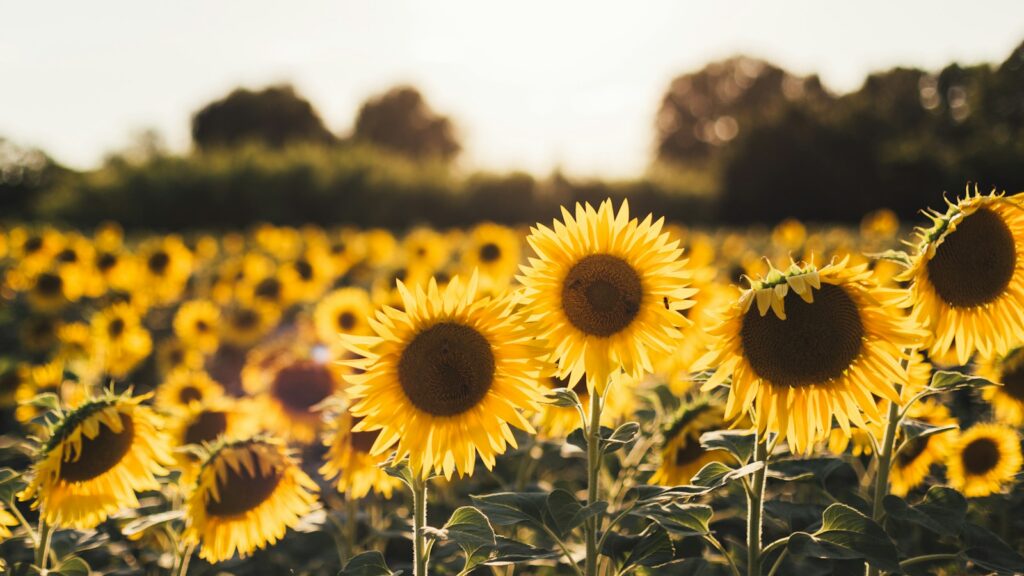
Native sunflower varieties like Helianthus annuus and Helianthus maximiliani are among the most bird-friendly plants you can grow with minimal effort. These sturdy plants require little more than full sun and occasional watering once established, rewarding you with bright blooms and later, seed heads that attract finches, chickadees, nuthatches, and even larger birds like cardinals. Unlike their hybridized cousins bred for show gardens, native sunflower varieties produce abundant seeds with higher oil content that birds find irresistible during fall and winter months. For maximum bird benefit, resist the urge to deadhead spent blooms and instead leave the seed heads intact, providing a natural feeding station that requires zero maintenance from you.
Coneflowers: Perennial Bird Attractions
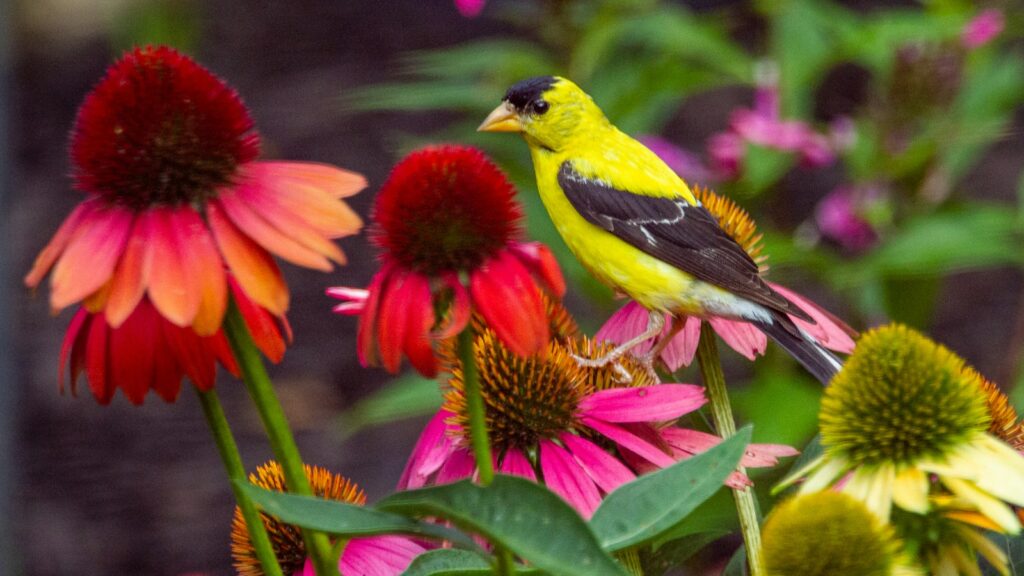
Echinacea, commonly known as coneflowers, are drought-tolerant perennials that deliver multiple seasons of bird appeal with almost no maintenance required. Their distinctive seed heads persist through winter, offering goldfinches, chickadees, and indigo buntings a natural food source during the leanest months of the year. These prairie natives thrive in poor soil conditions where many other flowering plants would struggle, eliminating the need for fertilization or soil amendments in most garden settings. Coneflowers also exhibit remarkable disease resistance and rarely require division, making them truly plant-and-forget additions to bird-friendly landscapes. For maximum wildlife value, the purple coneflower (Echinacea purpurea) typically outperforms newer colorful hybrids in seed production.
Serviceberry: Four-Season Bird Support
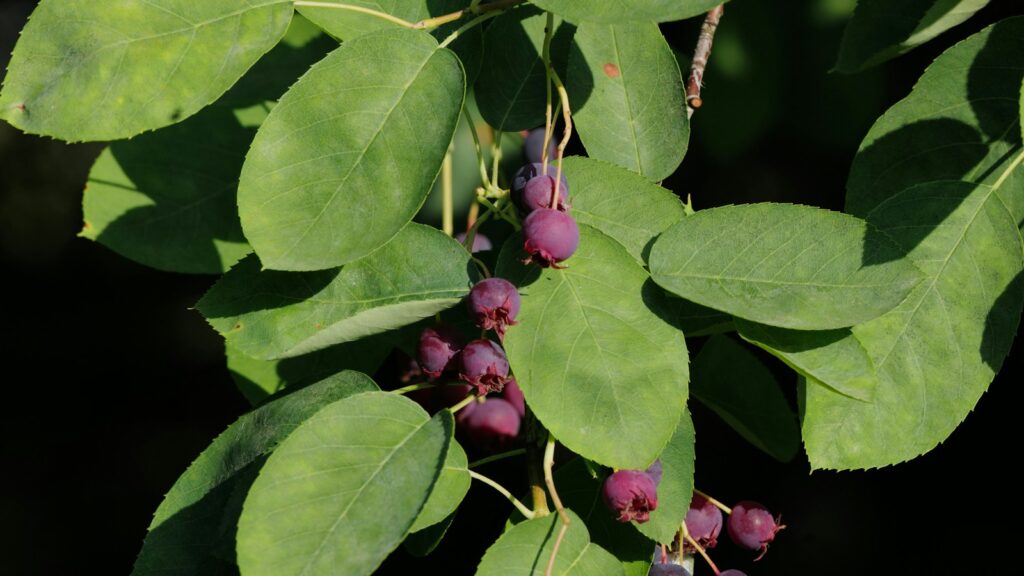
Serviceberry (Amelanchier species) shrubs or small trees offer exceptional bird value throughout the year while demanding very little maintenance. These native woody plants produce early spring blossoms that support pollinators, followed by sweet berries in early summer that attract over 35 species of birds, including waxwings, tanagers, and orioles. Once established, serviceberries require no supplemental watering and rarely need pruning except to remove occasional damaged branches. Their naturally attractive multi-stemmed form develops without shaping, and their fall foliage turns brilliant orange-red without any special care. Birds also appreciate serviceberry’s sturdy branching structure for nesting sites and protective cover, making it a complete bird habitat solution in a single low-maintenance package.
Elderberry: Prolific Berries with Minimal Care

Elderberry bushes (Sambucus species) produce some of the most bird-attractive fruits while requiring remarkably little maintenance once established. These vigorous native shrubs adapt to a wide range of soil conditions and moisture levels, thriving even in areas where standing water occasionally collects. The abundant berry clusters ripen in late summer, providing essential pre-migration nutrition for robins, catbirds, thrashers, and many other bird species. Elderberry’s natural growth habit requires minimal pruning, though an optional annual cutting back of one-third of the oldest stems can promote even more vigorous fruiting without compromising the plant’s wildlife value. As a bonus, the plant’s large flower clusters support beneficial insects that birds feed on during nesting season, creating a complete ecological package.
Virginia Creeper: Vertical Bird Habitat
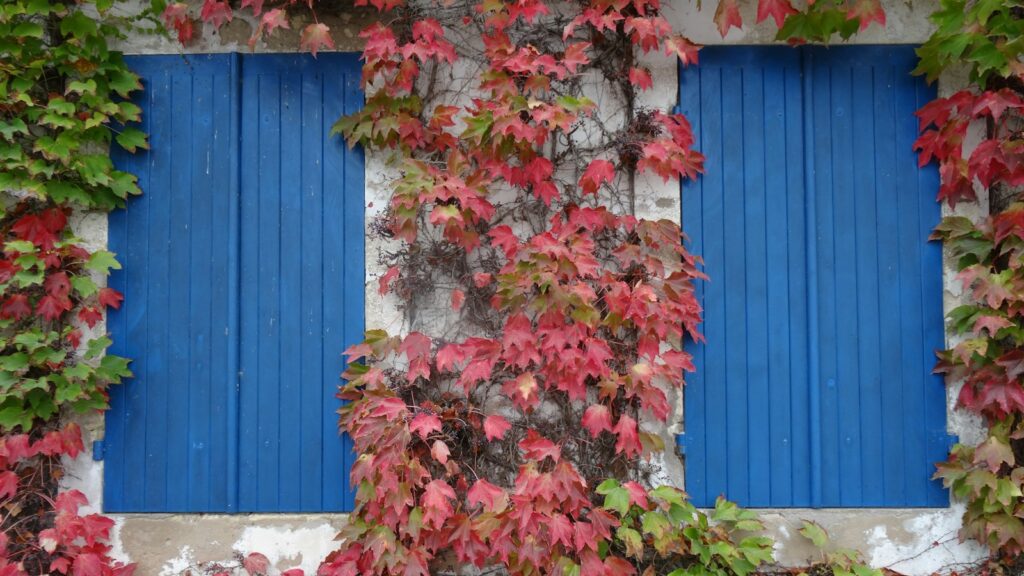
Virginia creeper (Parthenocissus quinquefolia) transforms vertical spaces into bird-friendly zones with almost no effort from the gardener. This self-clinging woody vine produces small bluish berries that attract over 35 species of birds in fall, just as many migrating species are building energy reserves. Once established, Virginia creeper requires no watering, fertilizing, or training, as it naturally finds its way up trees, fences, and structures using adhesive discs rather than invasive tendrils. The dense foliage provides protected nesting sites for smaller birds like wrens and finches, while the plant’s brilliant red fall color adds seasonal interest to the landscape. Virginia creeper also serves as a host plant for sphinx moth caterpillars, which become an important protein source for birds feeding their young.
Beautyberry: Spectacular Fall Bird Food
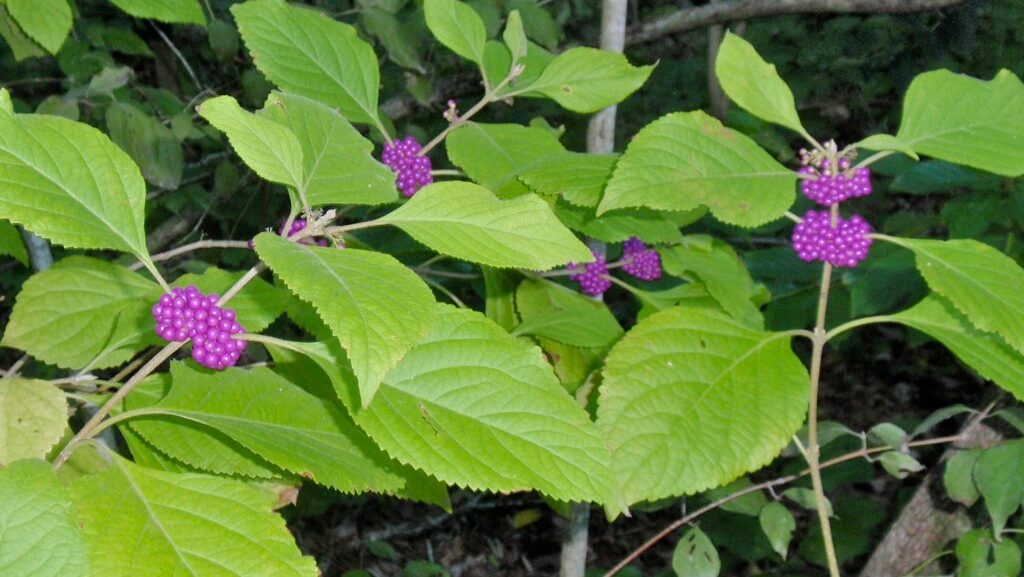
American beautyberry (Callicarpa americana) offers one of the most dramatic displays of bird-friendly berries while requiring almost no maintenance throughout the year. The shrub’s vibrant purple berry clusters persist well into winter, providing emergency food for over 40 species of birds including mockingbirds, thrashers, and robins when other food sources have been depleted. This deciduous shrub adapts to both sun and partial shade conditions and demonstrates remarkable drought tolerance once established in the landscape. Beautyberry’s natural arching growth habit requires no pruning to maintain its graceful form, though it responds well to occasional rejuvenation pruning in early spring without sacrificing that year’s berry production. The plant’s resistance to deer browsing adds another low-maintenance feature appreciated by gardeners in areas with high deer populations.
Inkberry Holly: Evergreen Bird Protection
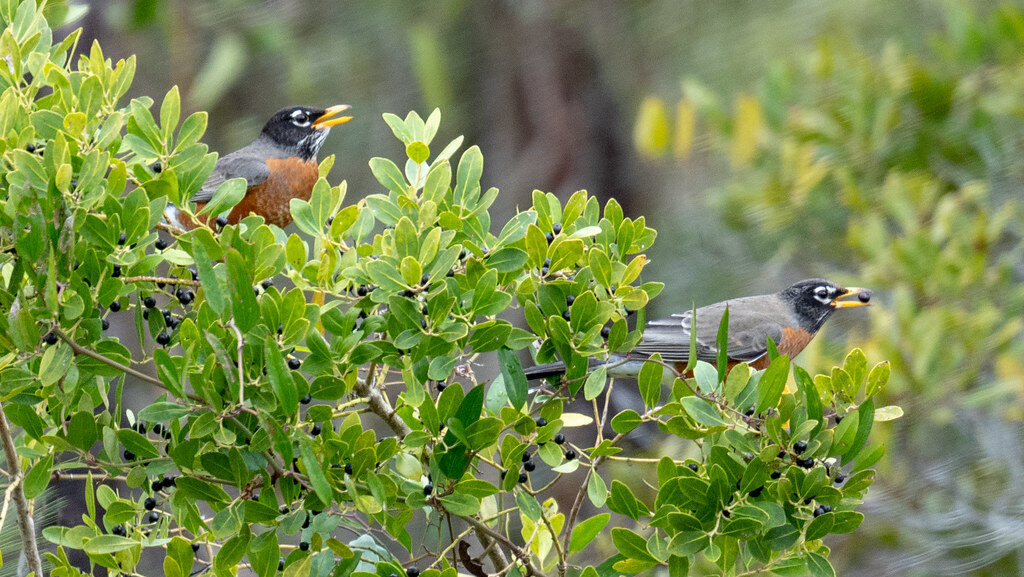
Inkberry holly (Ilex glabra) provides year-round shelter and winter food for birds while demanding minimal care from gardeners. This native evergreen shrub naturally forms a dense, rounded shape without pruning, creating protected roosting sites where birds can escape harsh weather and predators. Female plants produce abundant black berries that persist through winter, providing emergency nutrition for robins, bluebirds, and cedar waxwings during food shortages. Unlike many hollies, inkberry rarely suffers from the pest and disease issues that would require intervention, and its moderate growth rate means infrequent maintenance over decades of service. For maximum bird benefit, plant in groups of three or more to ensure proper pollination between male and female plants, resulting in heavier berry production.
Little Bluestem: Native Grass for Bird Support
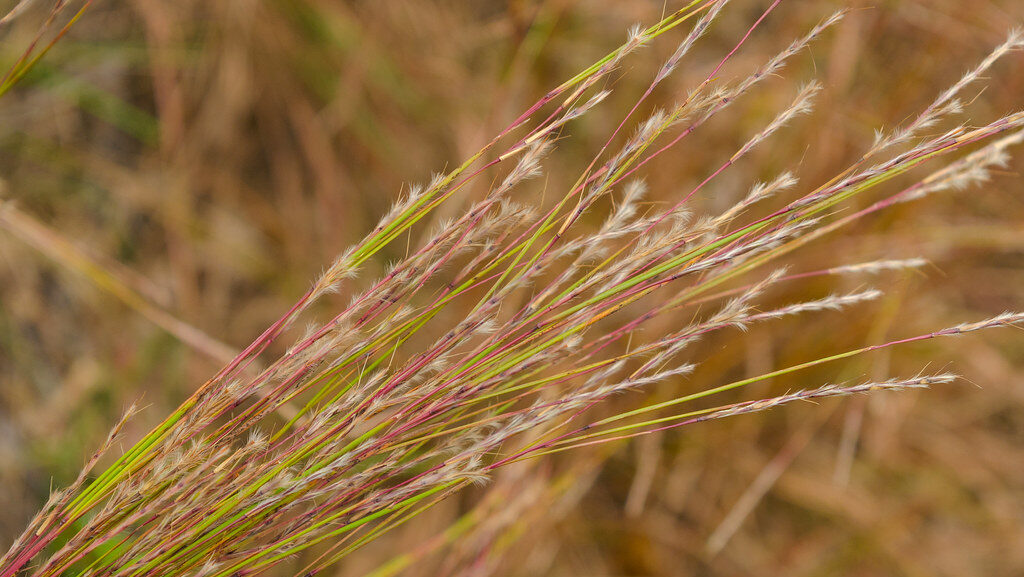
Little bluestem (Schizachyrium scoparium) exemplifies how ornamental grasses can support birds with virtually no maintenance requirements. This native grass produces seed heads in late summer that attract sparrows, juncos, and other ground-feeding birds throughout fall and winter months. Once established, little bluestem thrives without irrigation, fertilization, or division for many years, making it one of the truly care-free additions to a bird-friendly landscape. The grass’s upright form provides excellent winter structure, remaining standing through snow and ice to offer both food and shelter when birds need it most. Little bluestem also serves as a larval host plant for several skipper butterfly species, whose caterpillars become important protein sources for birds during nesting season.
Chokeberry: Resilient Bird Nutrition
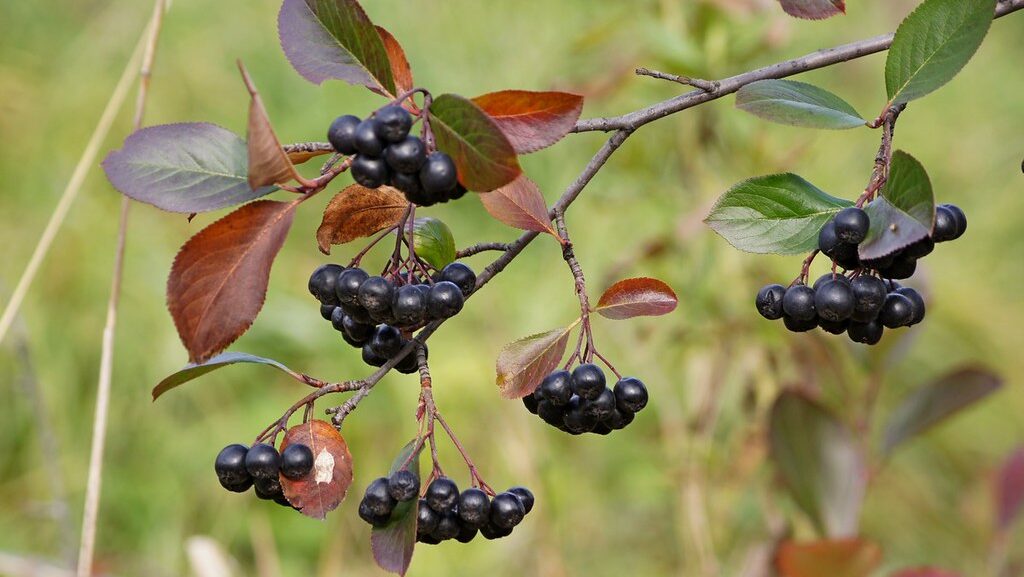
Chokeberry shrubs (Aronia species) offer exceptional nutritional value to birds while thriving in challenging landscape conditions that would stress many other plants. The abundant berries persist well into winter because their astringent qualities make them birds’ last choice—effectively creating a natural emergency food cache for late-winter months when other food sources have been depleted. Both the red chokeberry (Aronia arbutifolia) and black chokeberry (Aronia melanocarpa) demonstrate remarkable resistance to disease, insects, and drought once established, rarely requiring intervention from gardeners. These adaptable natives tolerate wet feet and poor soils, often thriving in conditions where other ornamental shrubs would fail. For maximum wildlife value with minimal maintenance, plant in groups where they can naturally colonize through root suckers, creating multi-stemmed thickets birds use for both feeding and nesting.
Northern Bayberry: Coastal Bird Haven
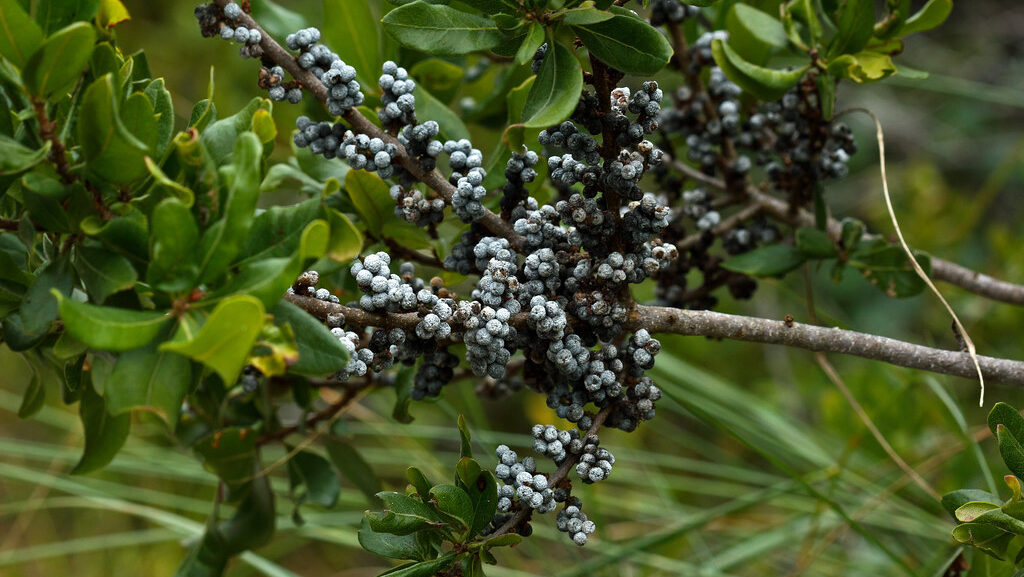
Northern bayberry (Myrica pensylvanica) creates ideal bird habitat in coastal and challenging landscapes while requiring almost no ongoing care. This adaptable shrub produces waxy, aromatic berries that persist through winter, providing essential nutrition for tree swallows, bluebirds, and yellow-rumped warblers. The plant’s exceptional tolerance for salt spray, poor soils, and drought conditions means it often thrives in locations where other plants struggle, eliminating the need for supplemental watering or fertilization. Bayberry’s natural resistance to most pests and diseases further reduces maintenance requirements, with plants rarely needing treatment throughout their long lives. To ensure berry production, plant several specimens together, as both male and female plants are required for fruit development.
Staghorn Sumac: Winter Bird Buffet
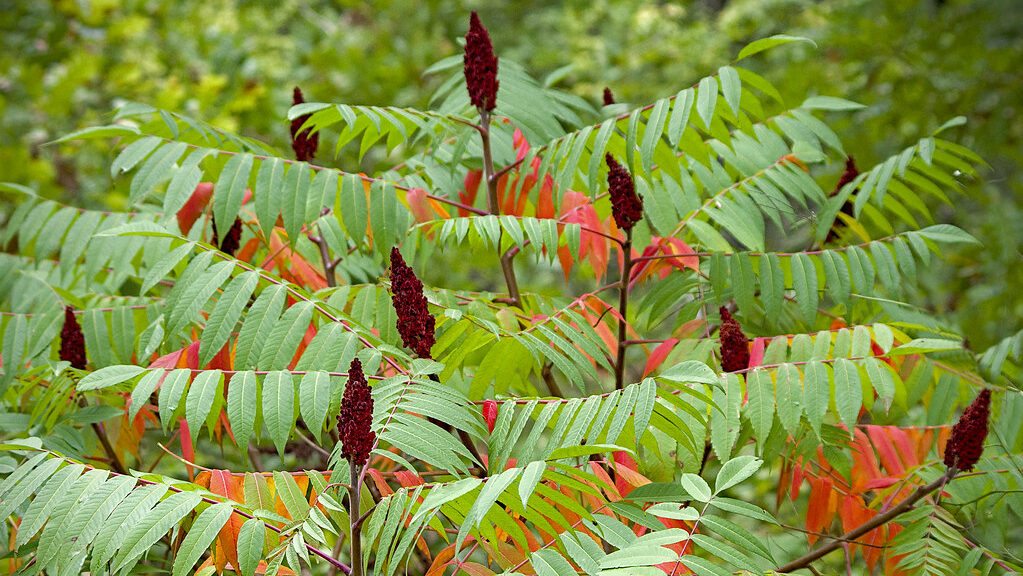
Staghorn sumac (Rhus typhina) provides one of winter’s most reliable bird food sources while requiring virtually no maintenance. The distinctive fuzzy red berry clusters remain available to birds throughout winter, even persisting above deep snow cover when ground-level food sources become inaccessible. This native colonial shrub naturally forms thickets that provide protected nesting sites and shelter, with the dense branching pattern offering birds safe perches and protection from predators and harsh weather. Sumac’s ability to thrive in poor, dry soils where many other plants would fail eliminates the need for amendments, irrigation, or fertilization. The plant’s natural growth habit requires no pruning, though gardeners can easily control its spread by removing unwanted root suckers if the colony begins expanding beyond desired boundaries.
Trumpet Honeysuckle: Hummingbird Magnet
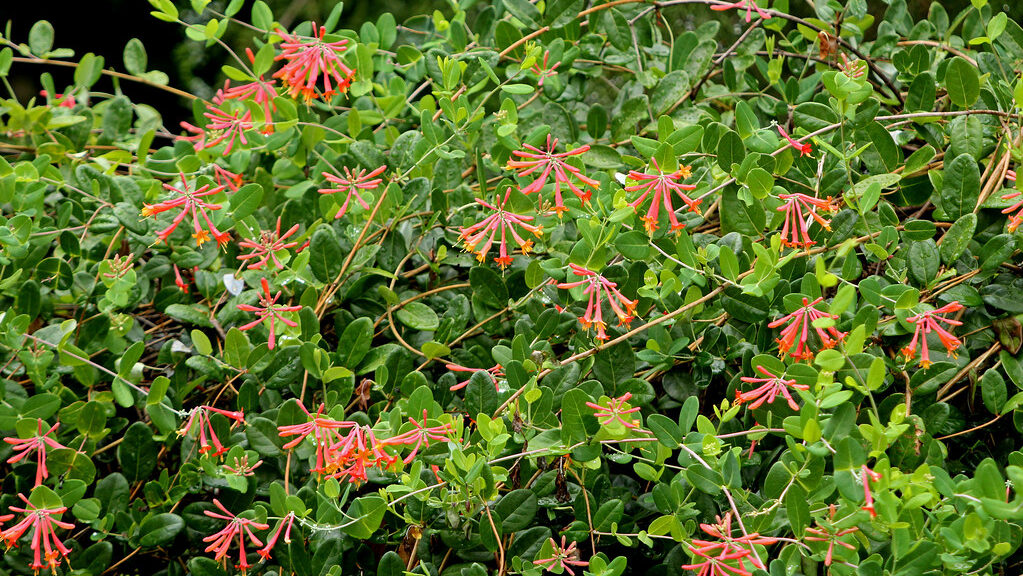
Native trumpet honeysuckle (Lonicera sempervirens) attracts hummingbirds and fruit-eating birds while requiring minimal care compared to other flowering vines. Unlike its invasive Japanese cousin, this well-behaved native vine produces tubular red blooms perfectly shaped for hummingbird beaks, followed by red berries that attract robins, thrushes, and waxwings in late summer. Trumpet honeysuckle demonstrates remarkable drought tolerance once established and rarely requires fertilization, even in average garden soil. The semi-evergreen foliage remains attractive without the disease and pest problems that plague many ornamental vines, eliminating the need for preventative treatments or interventions. For the most natural effect and lowest maintenance approach, allow this vine to scramble through shrubs or up a simple trellis, where it will find its own support without requiring constant training or tying.
Creating a Complete Low-Maintenance Bird Garden

The most successful low-maintenance bird gardens incorporate a strategic mix of the plants discussed above to provide year-round resources. Consider grouping plants with similar water requirements together to simplify any occasional irrigation needs during establishment or extreme drought. Layer different plant types—ground covers, grasses, shrubs, and small trees—to create vertical diversity that accommodates different bird feeding and nesting preferences. Resist the urge to deadhead spent blooms or clear away fallen berries and seeds, as these natural processes create the food resources birds depend upon. Apply a thick layer of mulch once annually to suppress weeds and retain soil moisture, further reducing maintenance requirements while creating natural foraging opportunities for ground-feeding birds. Remember that a slightly “messy” garden with seed heads, berries, and dense vegetation is precisely what makes a space truly bird-friendly while simultaneously reducing your maintenance workload.
Conclusion
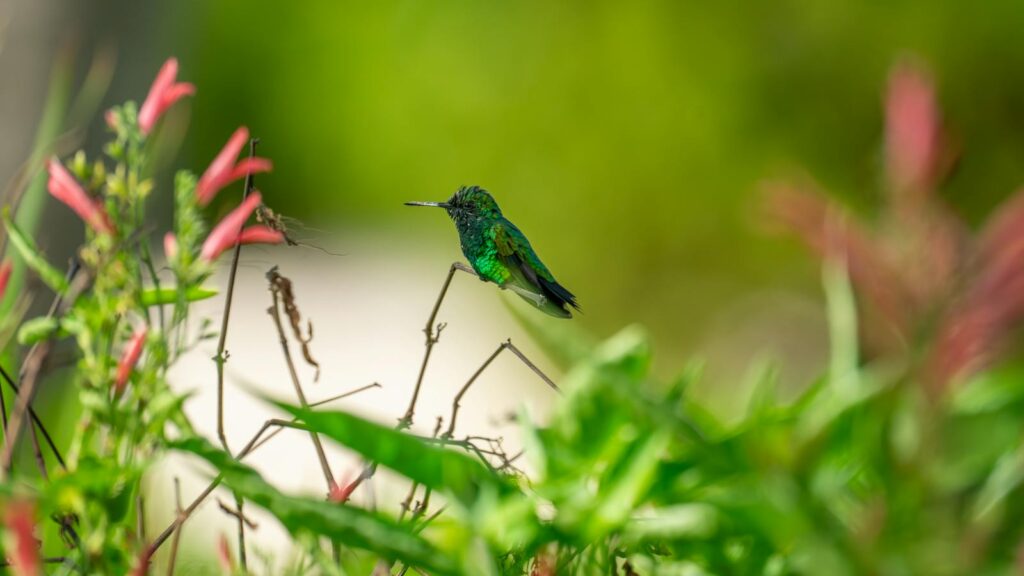
By incorporating these low-maintenance plants into your landscape, you create a sustainable bird sanctuary that benefits wildlife without demanding excessive time or effort. The key to success lies in selecting native or adapted species that naturally thrive in your region’s conditions without constant intervention. These plants have evolved alongside local bird populations, creating mutually beneficial relationships that support both plant reproduction and bird survival. As your bird-friendly garden matures, you’ll enjoy the rewards of increased biodiversity, natural pest control, and the simple joy of observing birds up close—all while spending more time enjoying your garden and less time maintaining it.
